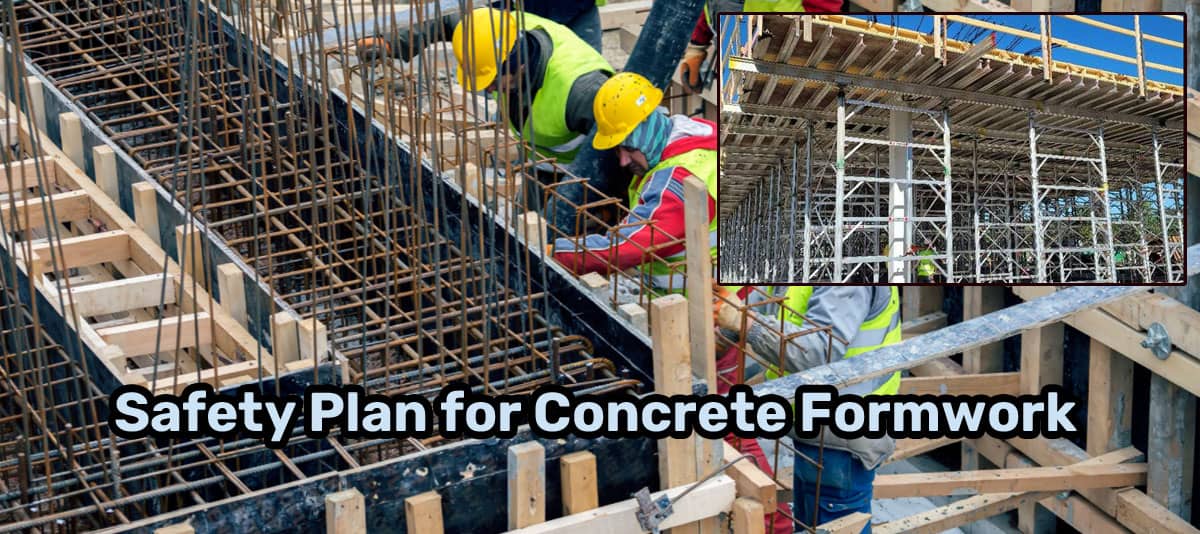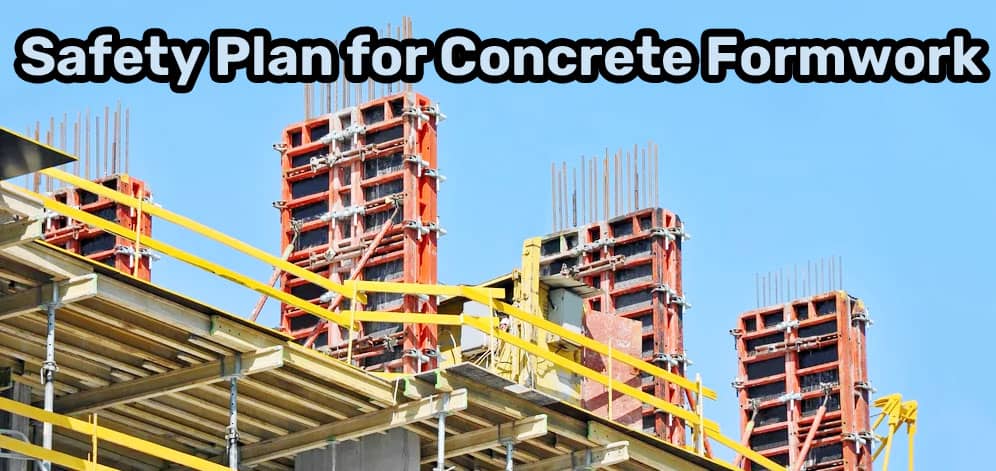Set Good Safety Plan for Concrete Formwork

Safety first! The age-old construction motto has never wavered even in modern days. Accordingly, it is in effect also when planning for formwork systems. A proper plan that observes safety protocols strictly will let you avoid undesirable circumstances arising in work. Also, it will reduce the chance of accidental happenings.
Work supervision, equipment utilization and construction procedures all must ensure the safety of the workers. Not only that, the plans need to be laid out in such a manner that the people using the building will not come under any foreseeable accident. Designers, planners, and engineers all must conform to well-established safety standards such as OSHA in order to ensure proper safety and security.
Let us see now the various facets of Concrete Formwork.
Supervision and Inspection
Proper supervision of work is of paramount importance while work is going on in order to ensure that all safety protocols are being obeyed. This comes active in times of formwork placement, concrete pouring, and formwork stripping.
Not only this, modifications in field on the falsework, erection procedure and forms should always be properly inspected first. Always, these should be done only after the principal designer has given the green signal to them. The load on the formwork needs to be sharply observed at all times lest it breaks down under excessive loads it was not designed to uphold.
Platforms and Access for Workers
For work required at elevated positions, worker-accessible platforms need to be raised. These platforms and the pathways to access them should be very carefully erected. Ladders need to have proper rest on solid structures at the top, or need to fastened in case they are very long.
Some of the particularly tricky structures such as bridges may require special scaffolding or safety nets in order to ensure proper access and prevention of accidents. These scaffolds, platforms, or other access means must conform with OSHA standards.

Unauthorized individuals, onlookers and loiters are not only a distraction to work, but they can actually bring or become trouble to everyone involved. To prevent this, barriers and safety signs need to be placed around the construction site from the very beginning of work.
Control in Concreting
An extremely important factor in safety matters is the control of materials and procedure used in concreting. The sequence of concrete placement and the rate of it should strictly follow the safety plans prescribed before.
When placing the concrete, you need to make sure the form loading is not getting out of balance. For example, when construction beam and slab, you have to work equidistant from the beam on both sides on the slab. Columns need to be let rest at least a day before loads can be placed on them. Proper reinforcements need to be used in columns before you can start the floor system.
Soil Bearing and Bracing
Generally at the design phase, soil quality is approximated based on informed guess and that is used to design the structure. At the time of actually erecting the structure, the constructor has to check on field if the soil quality is reasonably close to what was assumed. If not, then necessary extra measures like tampering or stone chips can be used to harden the matter.
